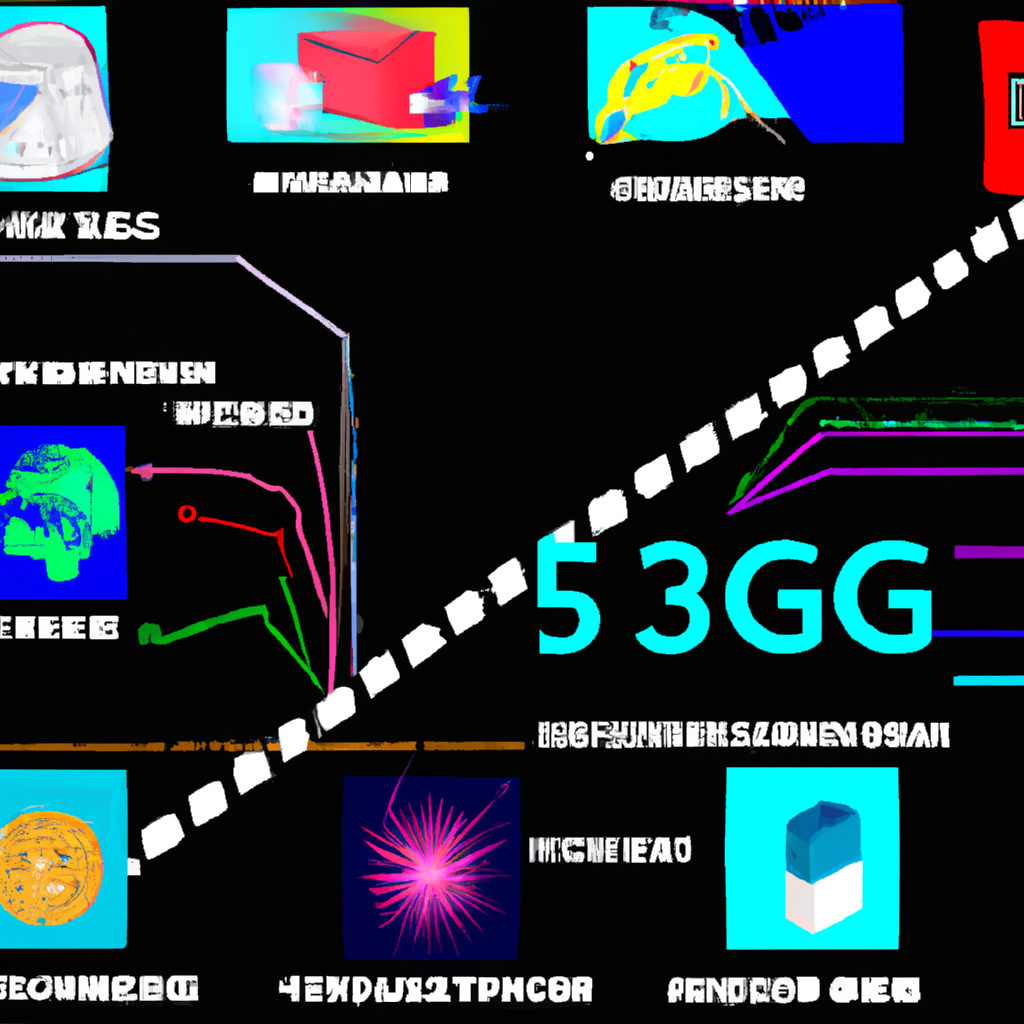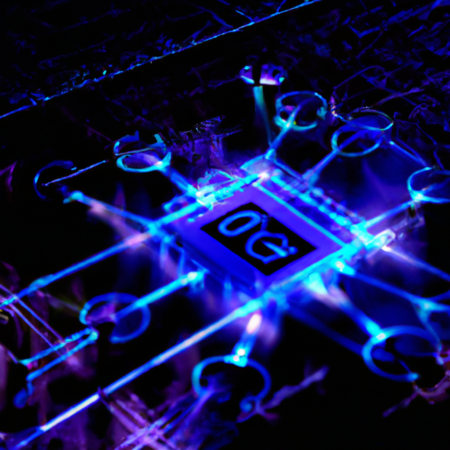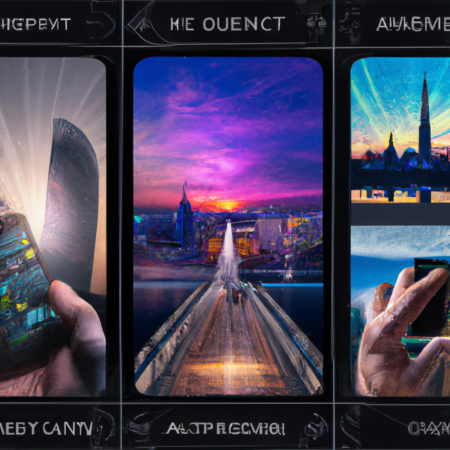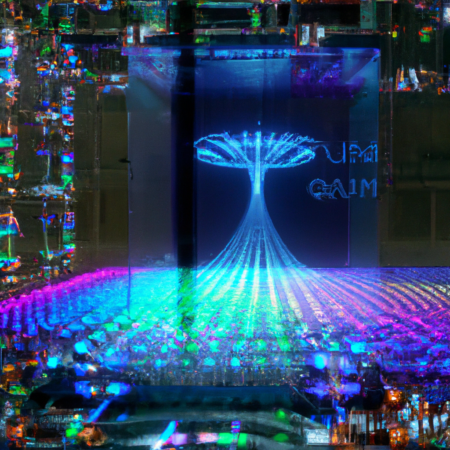Revolutionizing Connections: The Evolution of the Internet from ARPANET to 5G
The digital landscape has undergone vast transformations since the inception of ARPANET in 1969, a pioneering project that laid the groundwork for the modern Internet. This blog post delves into the fascinating evolution of internet technology, tracing its growth from a military experiment to a global infrastructure integral to daily life.
The Dawn of Digital Communication
ARPANET, funded by the U.S. Department of Defense, initially connected four universities, enabling data and resource sharing that defied geographical boundaries. This marked the beginning of networked communication, setting the stage for everything that followed.
The Birth of Modern Internet
In the 1980s, the National Science Foundation developed NSFNET, a series of interconnected networks that used the TCP/IP protocol, effectively expanding the scope and utility of the network. The introduction of the World Wide Web in 1991 by Tim Berners-Lee transformed the Internet from a scientific and governmental tool into a public utility.
The Era of Broadband and Mobile Connectivity
The late 1990s and early 2000s saw the rise of broadband technologies, moving away from dial-up connections and enabling faster, more stable internet access. The advent of 3G and later 4G technologies revolutionized mobile connectivity, allowing for high-speed internet on the go.
5G and Beyond
As we progress into the second quarter of 2025, the deployment of 5G networks is transforming internet use once again, with significantly increased speeds, reduced latency, and the capacity to connect more devices simultaneously. This evolution is not just enhancing user experience but also enabling new technologies like IoT, autonomous vehicles, and AI-driven analytics.
Conclusion
From ARPANET to 5G, the internet has seen exponential growth and evolution. As we look to the future, the possibilities for further transformation and innovation are boundless, promising to reshape our digital world in unimaginable ways.






